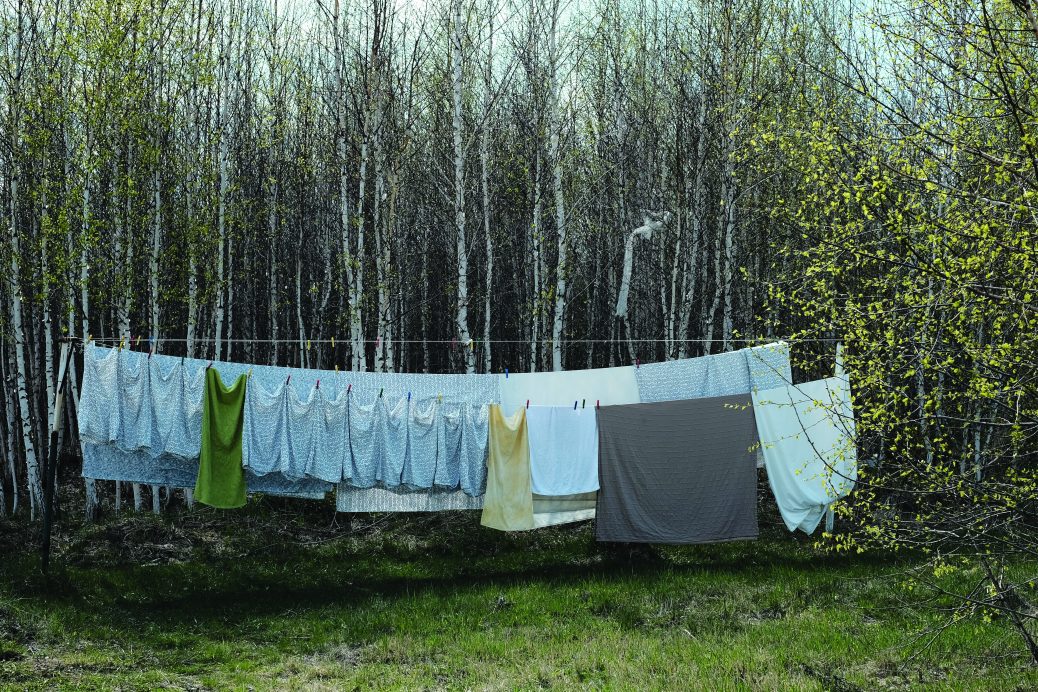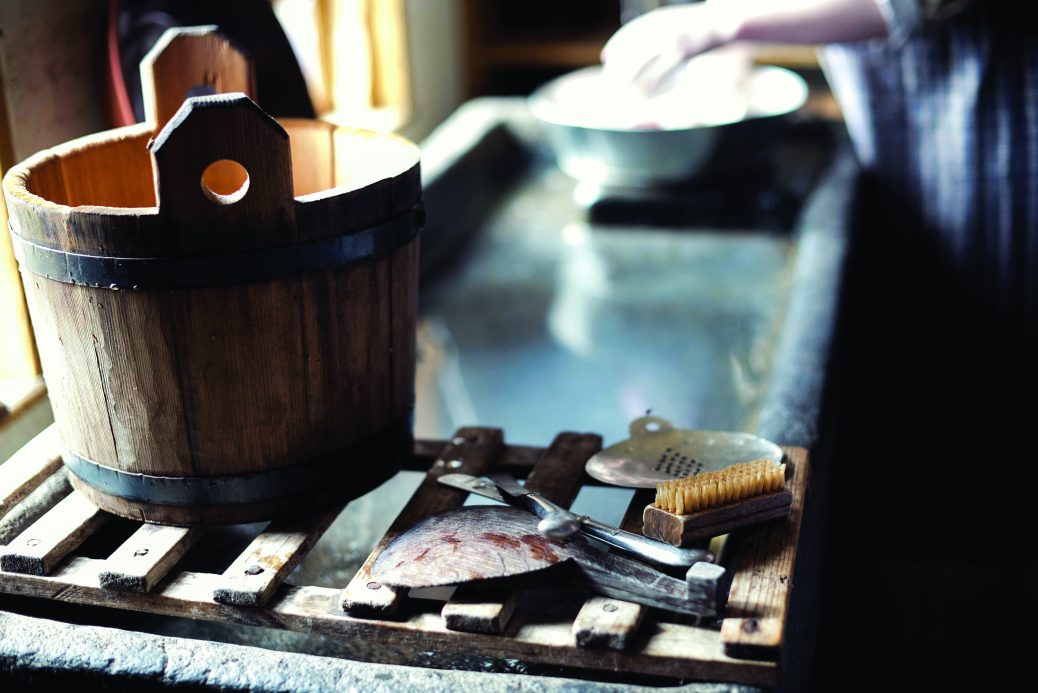By Angeline Hawkes
Bar soap. Baking Soda. Salt. Bleach. These four cleansers can be used to clean wounds, keep up with hygiene, wash dishes, implements, and clothes, and generally banish most germs. For about a century, detergent companies, along with hygiene companies, have done their best to convince people to purchase their products through vigorous advertisement campaigns. Fancy colorants and pretty fragrances are additives to entice consumers into parting with cash — cash better spent on products that are inexpensive and better for you. My grandfather, born in 1900, died in his 90s with all of his original teeth. His secret: a clean “rag,” water, and baking soda. Keeping clean in a SHTF situation won’t be a “luxury,” either. Cleanliness is the first step to fighting germs and infections. If you live rurally or find yourself in an extreme situation, preventing illness when there are no doctors near is vital.
Laundry detergent using bar soap
Simple, unscented bar soap doesn’t get the appreciation it deserves. Our store shelves are stocked with fancy pump soaps, foaming soaps, sparkling soaps, and the list goes on. Bar soap can be used to wash clothing by simply rubbing the soap onto the wet clothes and rinsing. It can wash hair, bodies, clothes, dishes, and pretty much everything else. You can make your own laundry soap. I have used the following laundry soap recipe for the last 27 years without problem:
3 bars (3-4 oz. each) Ivory or similar soap (Fels Naptha is also a popular choice), grated
1 cup borax
1 cup washing soda (not baking soda)
5 gallons boiling water
Mix grated soap with 2 cups water. Bring to a boil. Add to a 5-gallon bucket with other ingredients and 5 gallons of boiling water. Allow to gel overnight. Stir. Fill containers (I use gallon juice jugs with screw on lids) half full of the soap gel and fill the rest with water. Shake before each use. Use ½ to 1 cup per load. If you have a septic system or are implementing a gray water irrigation system with your washing machine, do not add the borax.

Photo by Dimitry Arslanov on Unsplash
Baking soda
Baking soda is an amazing product. In 1791, a French chemist produced the first batch of baking soda as we know it. Sodium bicarbonate is a type of salt that has hundreds of uses. You can use it to brush your teeth by creating a paste of equal parts baking soda and water. Rub it in your hair for a dry wash to absorb oils. It is a natural scouring powder and can be used with water (or vinegar) to scrub anything needing to be cleaned, such as kitchen counter surfaces. You can make your own scouring powder shaker jar by cutting a circle of cardboard to fit a canning jar and poking small holes into it with a dinner fork. Place the cardboard between the glass jar top and the screw on canning ring. For added kick, mix equal parts salt and baking soda. Baking soda works well in liquid cleansers as well. The following are two simple recipes for liquid household cleansers that I’ve used for almost three decades in my own house:
Recipe 1:
½ cup white vinegar
¼ cup baking soda
1 cup ammonia
1 gallon warm water
Mix all and place in recycled spray bottles.
Recipe 2 (I preferred this recipe when my children were younger):
¼ cup baking soda
¼ cup lemon juice
2 Tbsp. liquid dish detergent
1 quart water
Mix all and place in recycled spray bottles.
Use baking soda as a natural deodorant by placing under the arms with a powder puff. While you’re deodorizing things, sprinkle it dry on your carpets, allow it to sit for a few minutes, and then vacuum.
Another product that goes hand in hand with baking soda is salt. Like baking soda, salt can be used as a dry hair wash. It can be used to clean teeth. It can clean surfaces and functions like a scouring powder. I use it to clean my cutting boards. Mix a paste of equal parts salt and water and scrub the cutting board, allowing the salt paste to get into every cranny. Rinse with boiling water. Use straight salt sprinkled into toilets to clean under the rims and the porcelain.

Photo by Jennifer Burk on Unsplash
Drain cleaner
Use salt as a drain cleaner with the following recipe:
2 cups baking soda
2 cups salt
½ cup vinegar
Boiling water
Pour the baking soda and salt into the drain. Pour in the vinegar. Allow to bubble for 5 minutes. Follow with boiling water. Rinse the residue from the sink. For really stubborn clogs, I heat the vinegar to boiling before pouring it in as well.
Bleach
The last great cleaning product to always have on hand is bleach. Granted, some people do not like bleach as it is a caustic substance, however, bleach has benefits as a disinfectant and kills almost all germs including salmonella, E. coli, strep, and staph, among hundreds of others. Bleach can clean surfaces and clothing (though it will discolor most fabrics, unless pure white to begin with). Dishes, knives, pots and pans can all be cleaned with bleach instead of dish soap. Just rinse well. Bleach is useful in cleaning garden implements to stop the spread of plant diseases. Implements used to slaughter animals should also be cleaned in bleach. When there are no other options, bleach can be used to disinfect the hands if they’ve come into contact with contamination. Use with caution, and only if there are no other options, as bleach can cause irritation and burns to the skin and respiratory pathways. Avoid using to wash your face or head with bleach.
Keeping your homestead and bodies clean will reduce the likelihood of food borne illnesses, infections of the skin, and other health problems. By stocking these four products, your cleaning needs for all parts of life are covered. Whether you choose to just “go simple” or you find yourself in a situation where modern conveniences are in short supply, bar soap, salt, baking soda, and bleach are inexpensive, simple products that don’t require puppies, flowers, or catchy jingles to sell or to increase their perceived effectiveness. All are long-lasting and can be stored in air tight containers for years without any real detriment (although baking soda used as a leavening agent may grow weaker with age and require more than the recipe calls for — test first).
